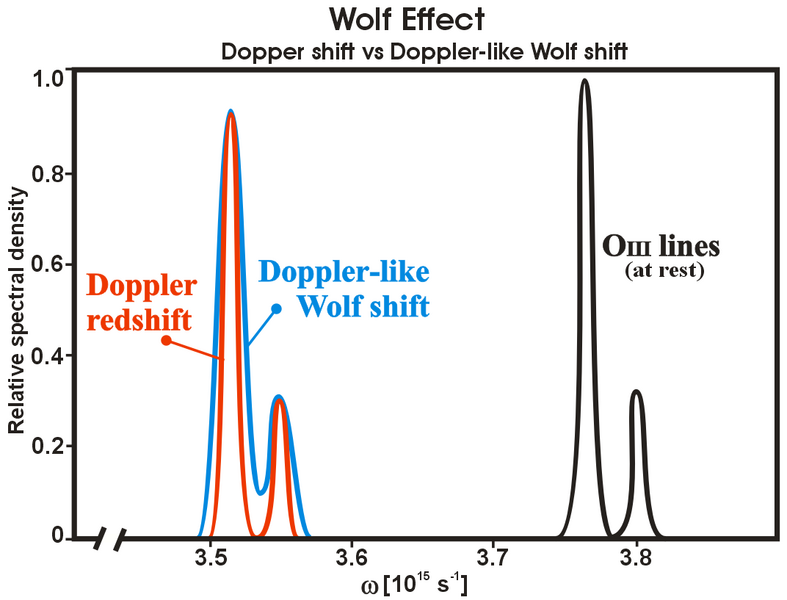Cosmologists Say Last Week’s Announcement About Gravitational Waves and Inflation May Be Wrong. 🙂
Hey, I want to take a chance too at being wrong too. Here is my shot at being wrong, I agree with Katirai: Andromeda has 1 star, not billions.
Professor of Astronomy YP Varshni published in 2005 that quasar Ton 202 is only about 700 light years away, not 3.3 Giga light years. If quasars are close, why not everything else? And if everything else is close, then galaxies are close, and if galaxies are close, the Andromeda galaxy isn’t billions and billions of stars but rather a single star surrounded by gas, debris, and maybe planets. Do you believe your eyes or do you believe the multiverse advocates?
NOTES
1. Varshni has now put on the table a quasar that an amateur astronomer can track named Ton 202. It has a redshift of Z=0.336 which when I plugged into Ned Wright’s calculator gave a distance from emission of 3.3 Giga light years, whereas proper motion survey indicate it lies around 700 light years away. Here is his 2005 paper:
http://laserstars.org/2005a/ton202.pdf
which he comments:
“Amateur astronomers with CCD cameras can confirm quasar proper motion. Three quasars with significant proper motion fit within a 15 arcminute CCD frame. Quasar proper motion would show up as a systematic change in the distance ratio between any two sides of this triangle. Also, the 15th magnitude quasar TON 202 is so bright that even amateurs with very small telescopes can detect it on a CCD.”
http://laserstars.org/V1982/NewMotion.html
2. What about the cosmological redshifts? Maybe the redshifts aren’t due to relative motion or expansion of space. A department chair at my undergrad Alma Mater along with others argues the red shifts may be due to the Wolf Effect. See: Wolf Effect
In his 1987 Nature paper, Wolf argues that the mechanism outlined
“…may be responsible for some of the so far unexplained features of quasar spectra, including line asymmetries and small differences in the observed redshifts of different lines”
.
Wolf goes on to relate this to a 1966 paper in the same journal on quasar coherence emission by astrophysicists Hoyle, Burbidge and Sargent.
See: Easy Explanation of Wolf Effect

Menas Kafatos and Sisir Roy’s paper SHIFT OF SPECTRAL LINES DUE TO DYNAMIC MULTIPLE SCATTERING AND SCREENING EFFECT
3. Please visit CreationEvolutionUniversity.com for protracted discussion of Andromeda, LB 8956, and Ton 202.
4. Relevant to ID because of UP and Cosmology in general relevant to ID.
5. HT JoeCoder for news on inflation.
6. HT UD commenter Andre who put linked me to Katirai’s work.
7. “Vokda!” designation indicates a speculative idea (likely wrong), but worth at least thinking about.